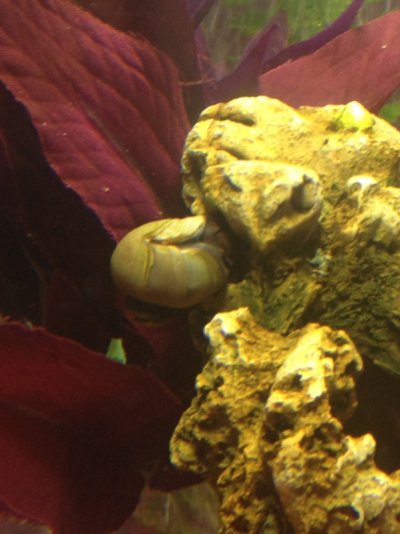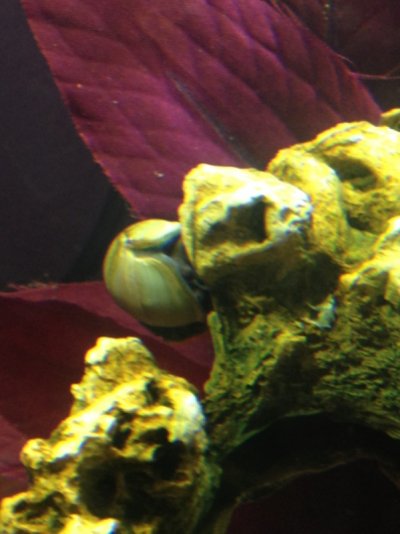I think you need to check the site of sites for apple snails.
The Apple Snail (Ampullariidae) Website
There is truly great information there, on all types of snail issues.
The crack, since it originates at the growing edge, is likely not going to close up. Snails can calcify exposed flesh but it takes time, and they should be isolated from any other critters that may simply try to eat the flesh. Fish, shrimp, other snails too.
Repair of large damaged areas has been tried, with some success. Crazy glue does work, is water safe, fish and shrimp safe once dry. The trick is making sure no glue touches the flesh or inner layers of shell. One method suggested making sure the area to be patched is clean and dry. Put the snail in very shallow water while you get ready, then pick him up so he closes the door, and dry gently around the edges. You need piece of shell from a dead snail as a patch. Try spreading the glue on cardboard first, then using a toothpick to put just enough on the edges of the open area, being sure none dribbles over the edge to the inner snail. Then stick down the repair patch. Allow to dry a minute or so, then rinse well, to make sure it sticks.. and pray you did not get wet glue on the inner parts of the snail. Put the snail back in the tank.
But you can't put a patch on the growing edge because it's always growing, even if very slowly. Having exposed flesh does mean the snail may become infected with something, so if it's a big chunk of exposed flesh, I'd be tempted to try to patch most of it, if only to give him a shot at life, because if the area is too large he won't be able to calcify it in time.
Site also is very clear about something I've always figured was true anyway. They need non acidic water. If your pH is below 7, the shells will sufffer, and while if the snail is a fair size and healthy, it may be able to lay down calcium inside the shell to offset the damage, the protein layer on the outside is gone for good in acid water, which allows the calcium layer inside to constantly dissolve away.
If you have acid water it has to be changed, gradually, for water that is alkaline and harder, with plenty of calcium in it. A GH test will tell you if the water is hard enough.
Betta fish are fine in harder water, I kept them in tap water here. My tap water can be as high as 7.8 or 8, though it does go down after a day or two, a few points. Fish and snails did fine in it, but I still add calcium supplements for the snails anyway.
Check the site, it has absolutely outstanding information.


